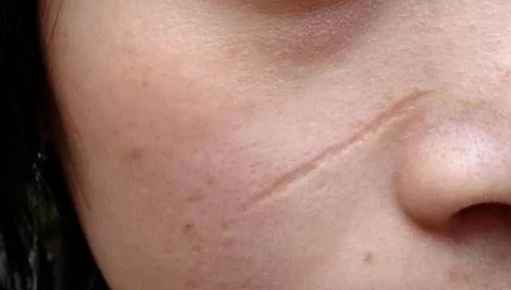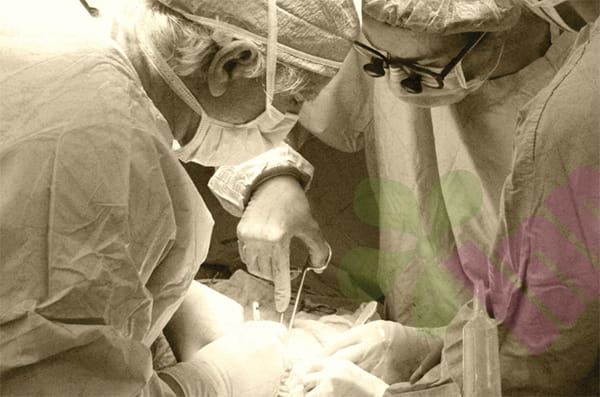The skin has an amazing ability to repair itself, but some injuries can exceed its self-healing limits. When the injury penetrates the epidermis and goes deep into the dermis and even the subcutaneous tissue, the skin faces a difficult repair challenge. This deep damage often leads to the collapse of the collagen scaffold, just like the walls of a house will inevitably sink when the foundation collapses, forming a lasting dent on the skin surface.

Why do depressed scars form?
The formation of depressed scars is never accidental. Due to the destruction of the dermis structure, such as acne inflammation, deep abrasions, surgical incisions, or severe burns, these injuries directly destroy the collagen network of the dermis, as well as repeated wound infections, excessive skin tension, malnutrition or improper nutrition, which can also interfere with the healing process.
Different types of depressed scars :
Tissue loss is common after deep trauma. Like a piece of wood being dug out by a chisel, this type of scar has clear and sharp boundaries, and is often caused by cutting with a sharp object, animal bites, or deep infection, which directly causes tissue loss.
Adhesion contracture is more like being pulled down by an invisible rope. This sometimes happens with cesarean section scars: the surface looks flat, but a light push with your fingers can feel a deep bond. This "rooted" feeling comes from the abnormal adhesion of scar tissue to the fascia layer, which is common in penetrating injuries or deep surgical trauma.
Period of clinical care :
The first three months of wound healing are the golden intervention period. At this time, the use of silicone gel scar dressings can play an important role. It forms a breathable physical barrier, reduces water evaporation, regulates the balance of collagen synthesis and decomposition, and reduces the expression of inflammatory factor TNF-α. Clinical research at Xiangya Hospital of Central South University has confirmed that regular use of silicone gel products can reduce the scar hyperplasia index by 63%.
Face mature, depressed scars.
How to treat depressed scars?
Dermatologists usually evaluate the scar topography first. For superficial depressions, non-ablative fractional lasers can be used to awaken dormant collagen cells through thermal stimulation. When encountering stubborn deep adhesions, doctors will use subcutaneous peeling to accurately separate adhesion tissue with special needles. For scars with obvious volume loss, hyaluronic acid filling can quickly improve the appearance. Autologous fat transplantation is like filling barren land with fertile soil, which not only supplements the lost volume but also provides active cells.
![]()
Ms. Lin, a 38-year-old teacher, had a scar on her leg due to a car accident. She said, "This dent records my rebirth." Her care is simple but persistent: daily silicone gel massage combined with physical sunscreen. Five years later, the scar has faded to a soft shadow. Scientists are exploring the possibility of perfect skin regeneration. What we can do now is to give the wound the most scientific initial care. After all, preventing the formation of dents is always easier than repairing them. For more information on Innomed®Silicone Scar Dressing, refer to the Previous Articles. If you have customized needs, you are welcome to contact us; You Wholeheartedly. At longterm medical, we transform this data by Innovating and Developing Products that Make Life easier for those who need loving care.
Editor: kiki Jia

 English
English عربى
عربى Español
Español русский
русский 中文简体
中文简体








